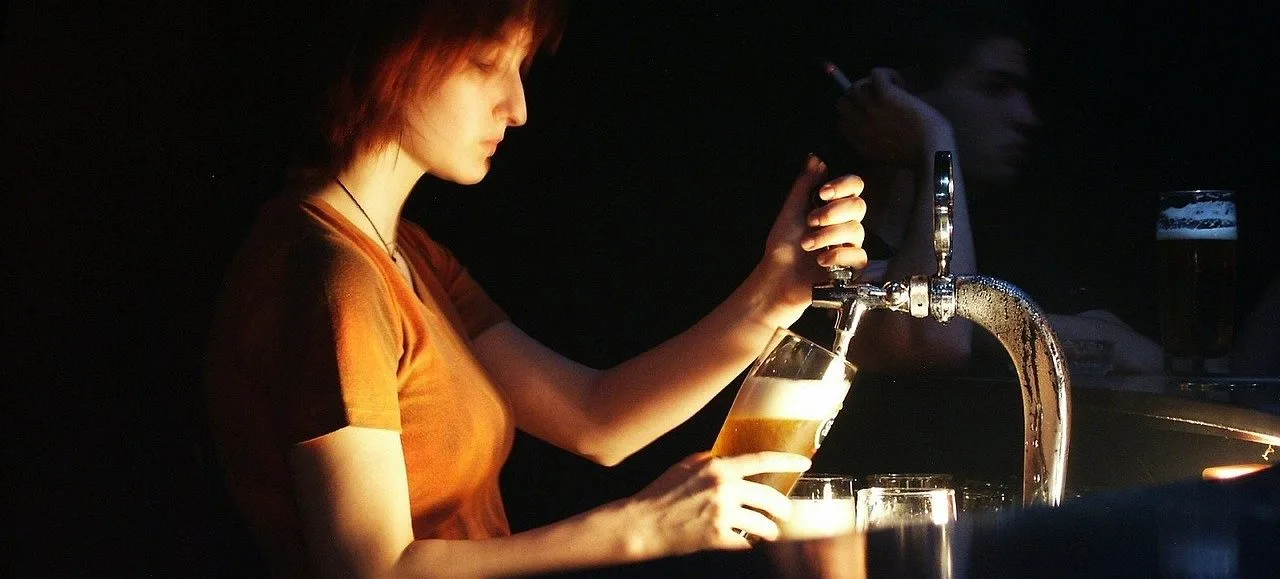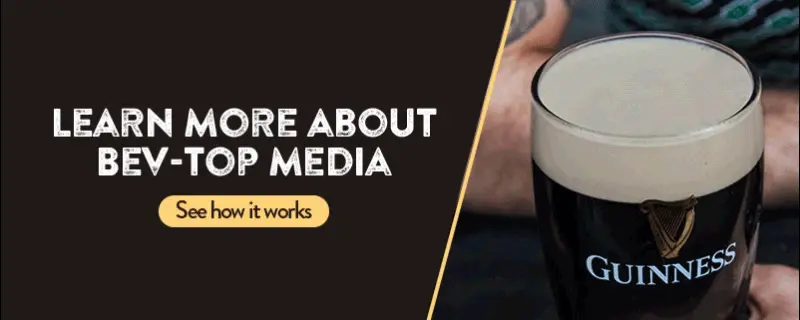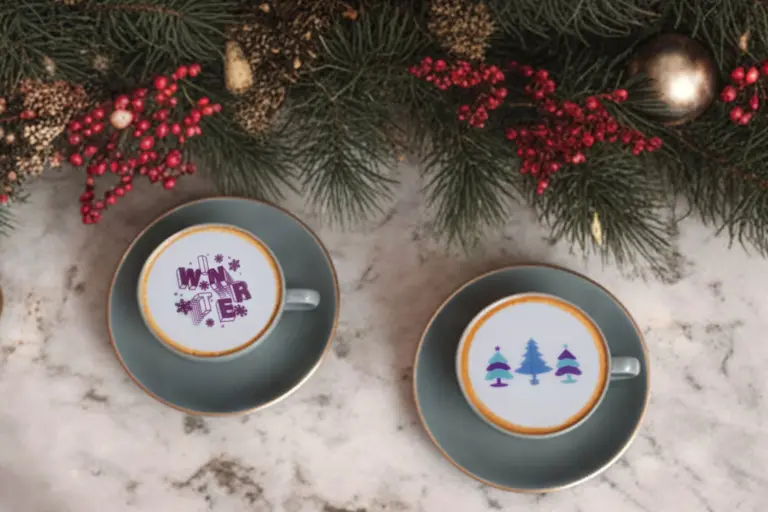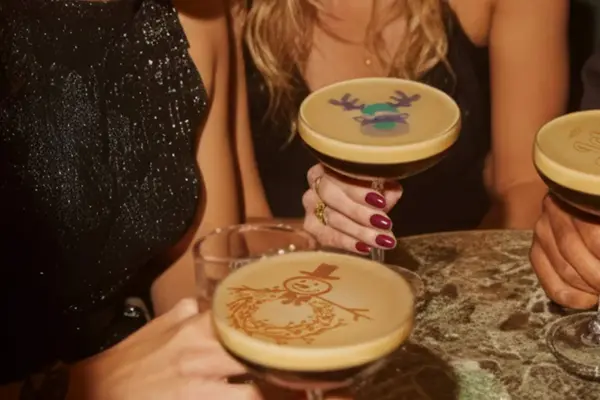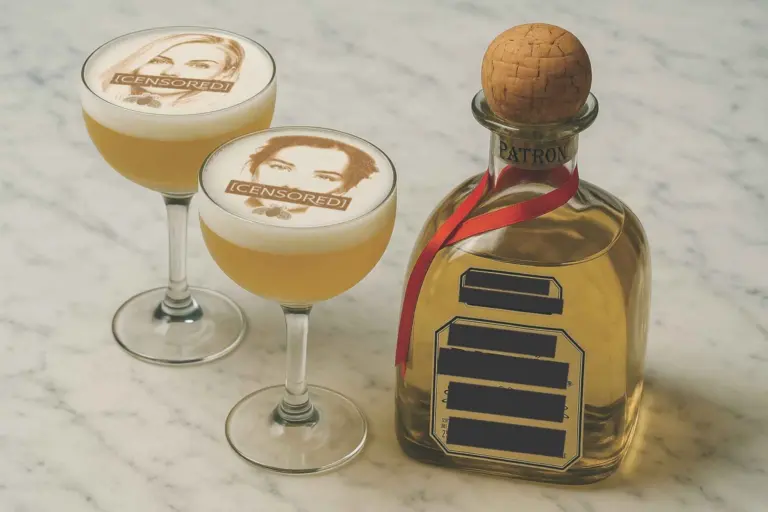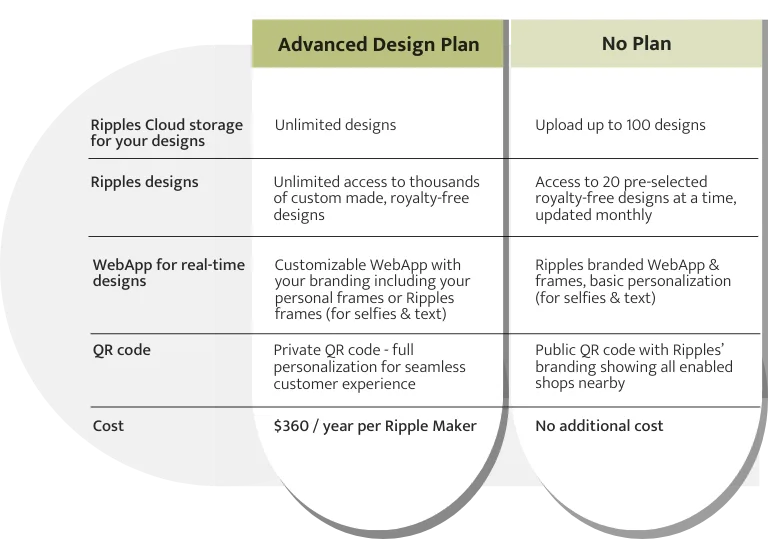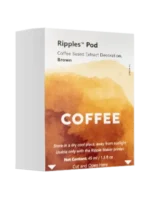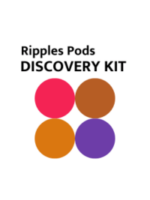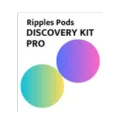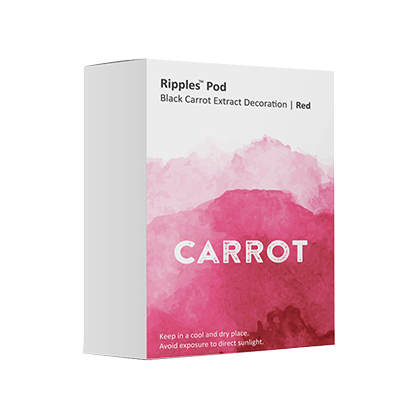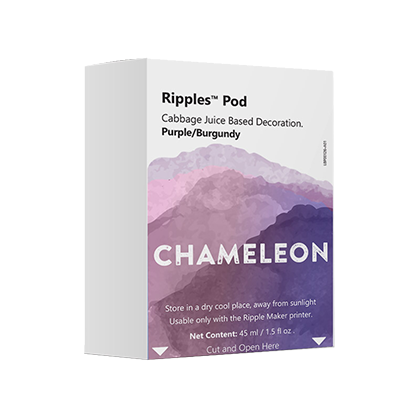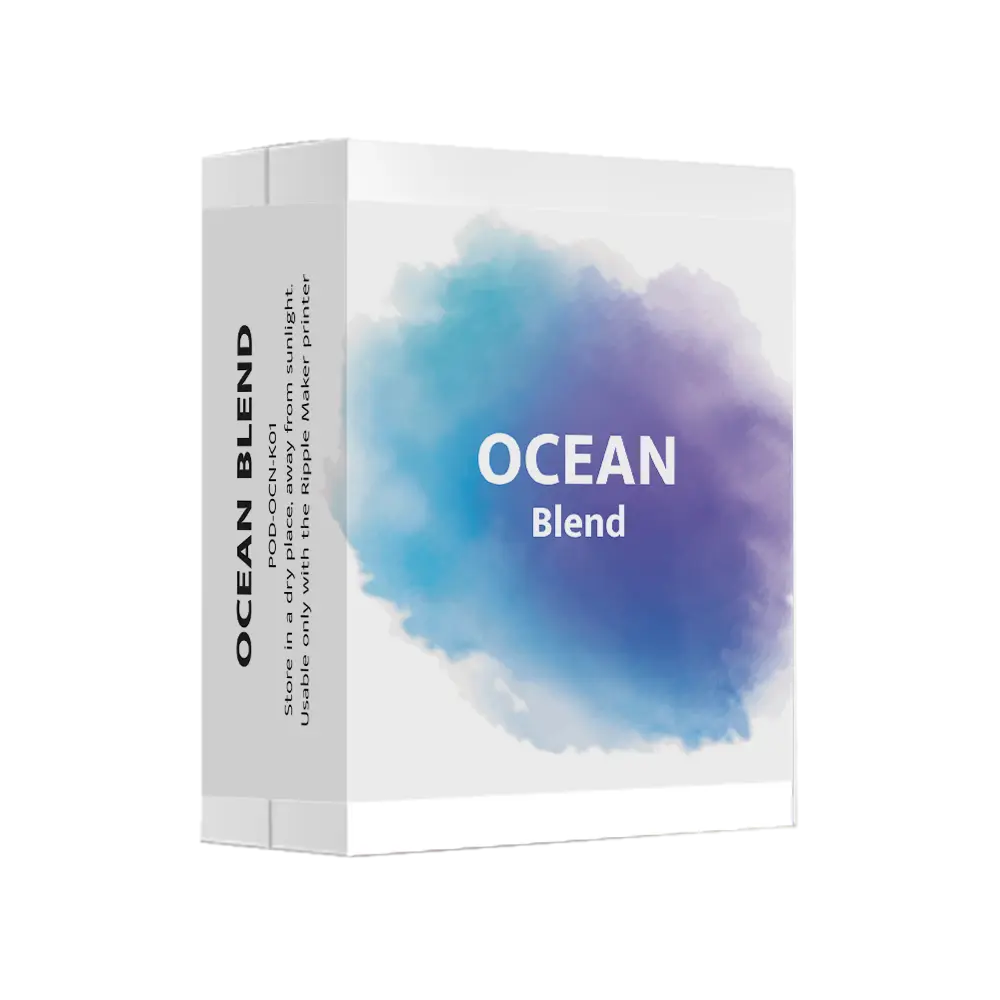Don’t look now, but the commodity beer industry is stumbling like it just drank six pints of its own product. In fact, the U.S. beer industry has declined for five years straight. And this is a problem that isn’t slowing down. Between October of 2018 and October of 2019 sales of domestic beer fell 4.6% in the United States.
This steady and unrelenting decline is what has led to the beer industry looking to the largely, ahem, untapped market of women. Not only do women represent a market segment that has historically gone underserved by the beer industry, but women now hold a staggering amount of buying power and make 70%-80% of spending decisions.
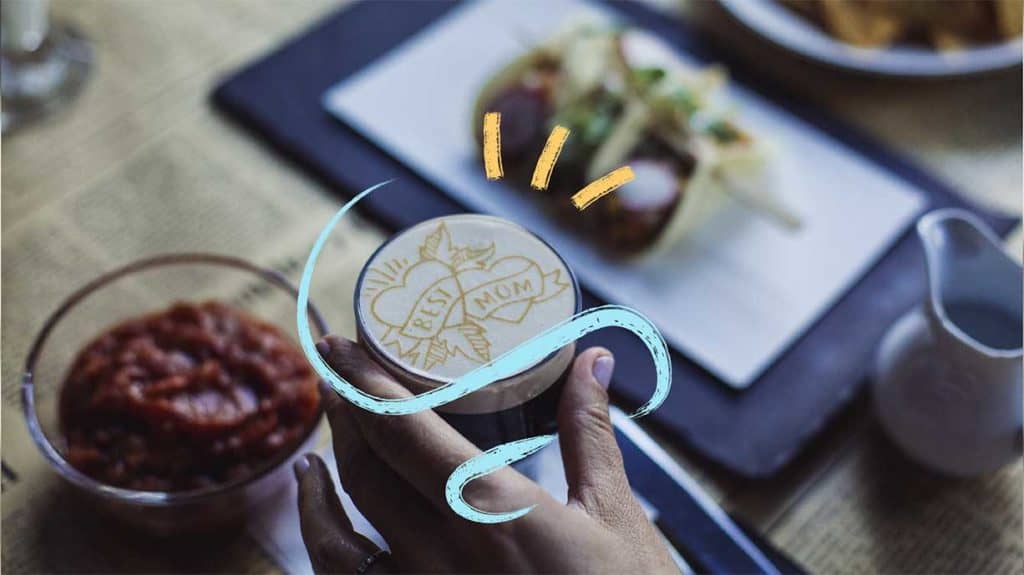
Beer brands would have to be crazy to keep ignoring or, worse, patronizing potential female customers. But as many beer brands have found, marketing to women isn’t easy – and for good reason. There are a number of serious problems facing beer companies when it comes to appealing to women – and potential solutions too.
Beer and women is a love story just waiting to be written by the brands that are willing to put in the work.
A history of sexist marketing
There’s a reason beer has a rep as being a manly man’s drink, and it’s because for a long time, that’s exactly what beer companies wanted. Beer commercials were synonymous with bikinis, insulting jokes about beer goggles, and offensive taglines that were tone deaf when it came to the issue of sexual assault, such as the much-maligned Up for Whatever campaign. Even ads that weren’t overtly sexist were a long way from inclusive. Bros-only fishing trips along with sporting events where every fan was overloaded on testosterone featured heavily.
Beer companies are working hard to change their ways when it comes to advertising, but the damage done by decades of eyeroll-inducing marketing campaigns isn’t going to be easily fixed.
An industry-wide issue
If there is an industry that is struggling to connect with women, it’s a fair assumption that the industry also struggles to hire women or promote them to positions of power. From fighting with brewing equipment that was designed with male workers in mind to being expected to work unreasonable hours that clash with women being primarily responsible for childcare, cooking and housework in many households, to dealing with the sexual harassment that can accompany spending time professionally in bars and pubs, the brewing industry isn’t an easy one for women to exist in. And to the savvy female consumer, it shows in the disconnect they may feel with beer brands. If brands don’t know how to market to women, it stands to reason that there probably aren’t many women in the room when marketing decisions are being made.
The challenge for beer companies
They say knowing is half the battle, but there are many beer companies that would probably disagree. They may know perfectly well what the problems are but still can’t figure out how to fix them. The beer industry is facing serious challenges when it comes to courting female consumers, and these are some of the biggest.
A big no on ‘chick beer’
It isn’t hard to imagine a beer commercial targeted at women quickly veering into Saturday Night Live parody territory with Tina Fey laughing uproariously with pink stained teeth after one sip out of a pastel bottle. As much as women need to be deeply considered when it comes to marketing beer, there can’t be a whiff of anything stereotypical about it. Forget thoughtless, bubble-gum pink labels, overpowering fruit flavors and bachelorette-themed names. Gendered marketing has been found to repel more than it attracts, particularly when it comes to women, even dissuading women from buying a product they may have otherwise been drawn to. People don’t like to be categorized or reduced to a single identifying trait. In this case, their gender.

Attracting women at the expense of men
Not only do beer companies need to be careful in how they market to women, but they also need to take care that in the process of marketing to women they aren’t alienating men, essentially trading one segment for another. The key to successfully marketing to men and women and achieving sustainable growth means creating brands that consumers can enjoy freely without feeling as though they will be judged by their peers.
Trying to superficially solve the sexism problem
Fixing sexism or gender inequality in the beer industry isn’t as simple as slapping a new label on a brand of beer, no matter how well designed that label may be. Real change that gives women equal consideration in stores and within the industry may require a disruption of traditional brewing processes, or at least a reconfiguration of what the workday looks like within the beer industry.
Insights and potential solutions
Just because driving growth through appealing to women is a steep mountain to climb doesn’t mean it’s insurmountable. There are a few key factors in gaining and retaining women beer consumers, and brands big and small would be well served to capitalize on these opportunities.
Mind the aesthetics in a modern way
Marketing and branding go well beyond traditional advertisement, particularly when it comes to craft beer brands that have a fighting chance of being perceived as cool. Forget shades of pink and flowy fonts on labels. Hooking women with imagery and aesthetics could mean designing brand clothing and other merch that women would actually want to wear. Just ask the women behind some of craft beer’s most successful merchandising companies. Considering how a beer’s packaging or poured product will appear in photos on Instagram and other social media platforms is also a worthwhile endeavor, as today’s consumers – not just women – are focused on the full experience of a beverage.
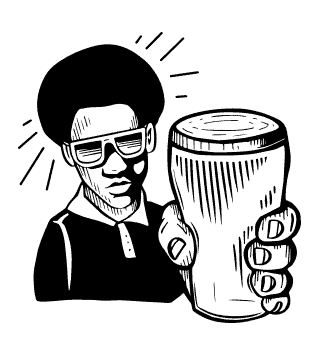
Market meaningfully
Budweiser does not have a flawless history when it comes to their advertising. In decades past they’ve fallen victim to a lot of the lazy, sexist tropes many of their competitors did. But Budweiser has put in the work to turn things around and they’ve been rewarded with the top spot when it comes to being positively perceived by women.
Whether you love the Budweiser Clydesdales, their backing of FIFA women’s soccer, their foray into Lime-a-Ritas and other adventurous products, or the reimagining of their old sexist ads from the 1950s (and accompanying commitment to the #SeeHer initiative which works towards a more accurate portrayal of women in media and advertising), Budweiser has done a lot to earn its accolades from female beer drinkers.
Consider the overall brand image
Michelob Ultra is a brand that consistently overperforms when it comes to women. Many would probably point to its paltry 95 calories and 2.6 g of carbs, but that’s oversimplifying it. There are plenty of light beers with comparable nutrition facts.
What Michelob Ultra has long had is a handle on precisely how to capitalize on its light status. Instead of filling commercials with models oohing and aahing over how tasty and filling their beer is while still being low on carbs, the brains behind Michelob Ultra have been sponsoring the New York Marathon and developing Michelob Ultra Gold, an organic version that surpassed $100 million in sales in 2018 alone.
Walk the walk
It’s one thing to pay lip service to the idea of equality in beer marketing or equality in the beer industry itself, and it’s a whole other thing to pledge an investment of $100 million in female-founded alcoholic beverage companies like Corona did. While Corona being a gender-balanced company would be the most meaningful strategy, it’s hard to sneeze at .
Another major brand that has reaped the rewards of its sincere commitment to equality in the brewing industry is Guinness. Not only does Guinness have a good record when it comes to non-sexist advertising, but one of the brand’s leading products, Guinness Blonde, is the brainchild of Hollie Stephenson, the head brewer of the Guinness Open Gate Brewery in Baltimore.
In the end, appealing to women is as difficult as it is simple. Women beer drinkers want to be considered, they want to be respected, and they won’t accept band-aid solutions or inauthentic efforts. The brands that are figuring it out are being rewarded with loyalty from women and the profit margins that can accompany appealing to the consumers making up to 80% of buying decisions.
